-
For decades, astronomers have been wondering about dark energy and why it is pulling our universe apart.
-
New data from the largest 3D map of our universe shows we may have been wrong about dark energy.
-
Dark energy was thought to be an unchanging force, but it may not be so constant after all.
Scientists have created the largest 3D map of our universe to date, and it comes with a few interesting surprises.
“So far, we see basic agreement with our best model of the universe, but we also see some potentially interesting differences,” Michael Levi said in a statement released Thursday by the Lawrence Berkeley National Laboratory. said.
Levi is the director of the Dark Energy Spectroscopic Instrument DESI, which produced the new map. The device consists of 5,000 small robots attached to a telescope in Arizona, collecting light from various phases of our universe.
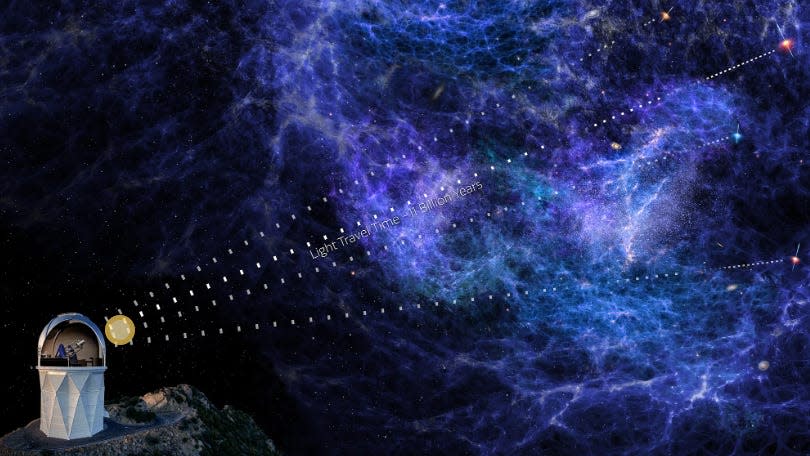

Astronomers use DESI to look back billions of years to understand how our universe has changed and evolved. One of the driving forces behind this evolution is also one of the greatest mysteries in physics of our time: dark energy.
Dark energy is the name astronomers give to the unknown force that causes our universe to expand faster and faster over time. But since its discovery in 1998, dark energy has eluded scientists who know little about what it is and why it behaves the way it does.
DESI’s detailed map could change that. It suggests that dark energy may be completely different from what scientists think and could shake the very foundation of our understanding of the universe.
Dark energy may not be Einstein’s constant
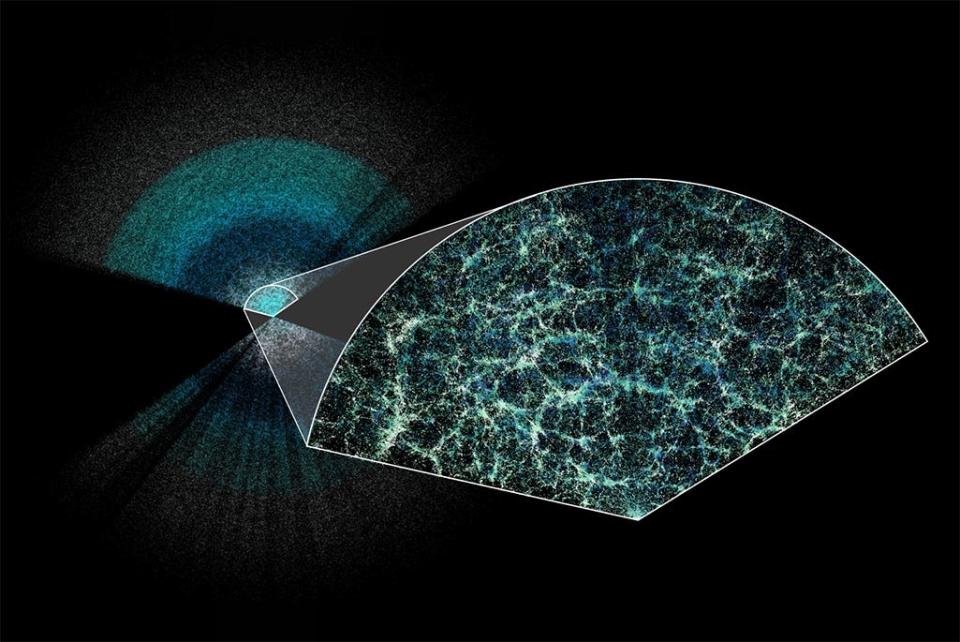

It’s scary to think about dark energy as we currently understand it, because it means our universe is expanding faster and faster, until one day galaxies will be moving away from us so fast that the dots of light in our night sky will blink and disappear. existence.
If dark energy continues at this rate, this is the future we will be heading towards. Until Thursday, many astronomers thought so: Dark energy was a constant, unchanging force.
So astronomers thought dark energy might be the same thing as Albert Einstein’s “cosmological constant,” an extension of his theory of general relativity. As astrophysicist Ethan Siegal explains, Einstein dismissed the idea as his “greatest mistake” in the 1930s, but a persistent dark energy would prove him right.
However, in the end, this mysterious power may not be so permanent.
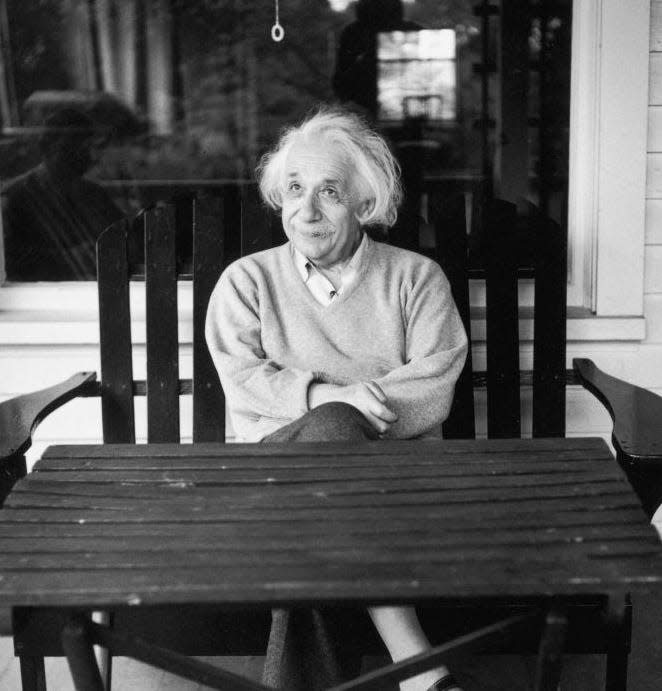

Preliminary predictions from new data from DESI suggest that dark energy may evolve and weaken. This is the new explanation that scientists announced this week at a meeting of the American Physical Society.
“If true, this would be the first real clue we’ve had about the nature of dark energy in 25 years,” Adam Riess, the Nobel laureate for his co-discovery of dark energy, told Quanta Magazine.
For now this is just a tip. Quanta reported that the data was not strong enough to be confident or claim a discovery. But the clue is seductive.
“The idea that dark energy is changing is very natural,” Paul Steinhardt, a Princeton University cosmologist, told the magazine. If it were constant, “it would be the only form of energy we know that is absolutely constant in space and time.”
If subsequent data confirms that these early hints of unstable dark energy are correct, it will change what we know about the structure and future of the universe. This will also bring scientists closer to solving the mystery of the accelerating expansion of the universe.
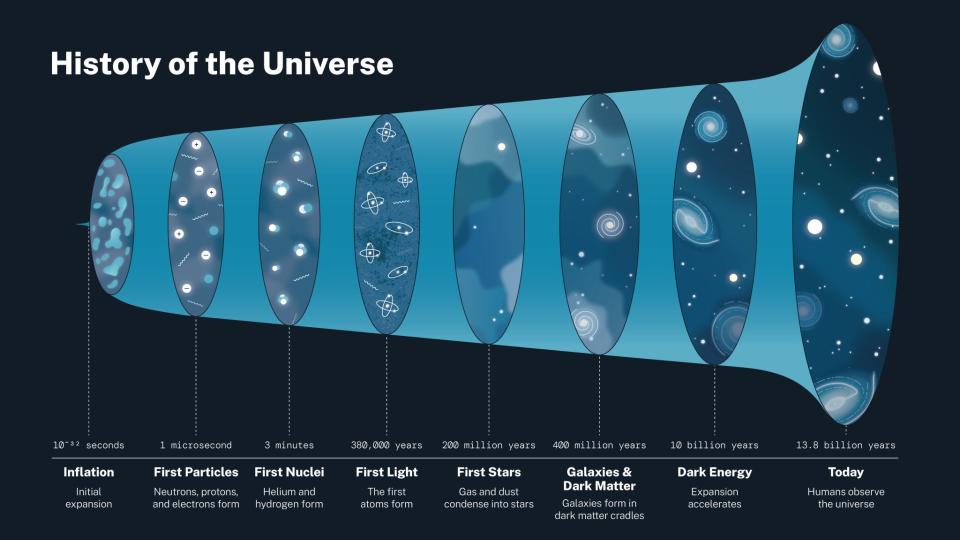

“If this proves valid, it could illuminate the path to a new and potentially deeper understanding of the universe,” Riess said. “The next few years will be very revealing.”
‘The golden age of cosmology’
DESI measured the farthest part of the universe 8-11 billion years ago with record precision.
Other major universe-mapping observatories will take to the skies in the coming years. The Vera C. Rubin Observatory is about to be equipped with the world’s largest digital camera that will allow it to map the entire southern sky for a decade, including more than 20 billion galaxies.
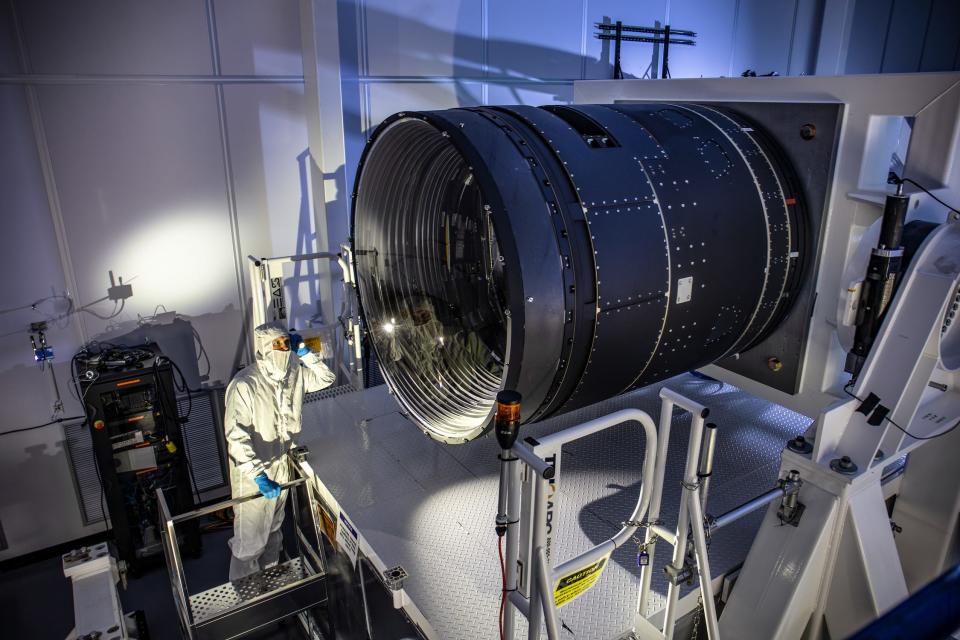

The European Space Agency’s Euclid telescope is already in space and its mission is to study dark energy. NASA’s Nancy Grace Roman Space Telescope is expected to launch in 2027 and conduct its own research on the subject.
DESI aims to map 37 million galaxies at the end of its research.
“We are in a golden age of cosmology, with large-scale research ongoing and about to begin, and new techniques being developed to make the most of these data sets,” said Arnaud de Mattia, a researcher at the French Institute of Alternative Energies and Atomic Science. Co-leader of the DESI team interpreting the Commission on Energy (CEA) and cosmological data said in the press release.
“We were all really motivated to see if the new data could confirm the features we saw in our first-year sample and create a better understanding of the dynamics of our universe,” Mattia said.
Read the original article on Business Insider